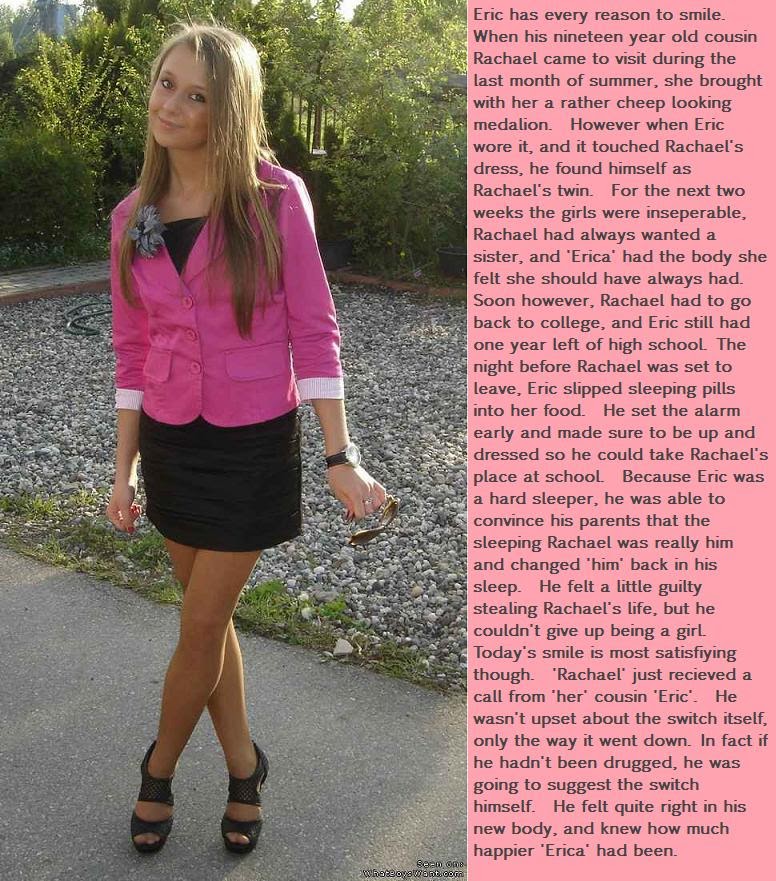
In skeletal muscle, aging is manifested as sarcopenia, the gradual loss of muscle mass and function in the absence of an attributable disease. Thus, an increase in senescence, combined with a decrease in regenerative capacity, is predicted to result in a net loss of cells and/or tissue. During aging, senescent cells accumulate, which increases tissue inflammation, as senescent cells secrete pro-inflammatory cytokines, such as TNFα and IL-6. Once cleared, tissue-specific repair mechanisms are activated and lost cells are replaced. Senescent cells are resistant to apoptosis, and are normally cleared by the immune system.


The primary purpose of senescence is to prevent propagation of damaged cells. Senescent cells are alive and metabolically active, but have lost the ability to divide. Aging is associated with the inability to maintain stem cell quiescence, which increases the chances of stem cell damage, and results in a loss of stem cell self-renewal and regenerative capacity.Īging is also associated with a gain of cellular senescence. Instead, quiescent stem cells actively maintain their state they are poised for action, waiting for signals that activate proliferation. However, quiescent cells are not dormant. Stem cells are thought to be protected from the effects of aging by quiescence, a state of cellular hibernation which provides cushioning from the stresses associated with cell proliferation, thereby limiting cellular damage. Cells suffer damage as a result of chronological aging, as well as replicative aging, which occurs as cells proliferate in response to various stimuli. This review will describe the mechanisms that regulate cell fate decisions in adult skeletal muscle, and how changes during aging affect muscle fiber turnover and regeneration.Īging, Sarcopenia, and the Satellite CellĪging is characterized by a time-dependent accumulation of cellular damage. However, intrinsic epigenetic changes within satellite cells may also affect cell fate and cause a decline in regenerative capacity. This loss of function may be a result of extrinsic changes in the niche, such as alterations in signaling or modifications to the extracellular matrix. However, the ability to regenerate muscle and replace lost myofibers declines with age. Satellite cells are activated and proliferate in response to stimuli, and simplistically, have two main fates-to repopulate the satellite cell niche, or differentiate to regenerate or repair muscle fibers. The stem cells of skeletal muscle, known as satellite cells, are responsible for muscle fiber growth, turnover, and regeneration. Skeletal muscle is a striated tissue composed of multinucleated fibers that contract under the control of the somatic nervous system to direct movement.


Increasing wildfire incidence and severity, heat waves, insect outbreaks, and tree diseases are causing widespread forest die-off. Sea level rise, erosion, flooding, risks to infrastructure, and increasing ocean acidity pose major threats. Changes in the timing of peak flows in rivers and streams are reducing water supplies and worsening competing demands for water. Many states and cities are beginning to incorporate climate change into their planning. Moreover, adaptive capacity, which varies throughout the region, could be overwhelmed by a changing climate. Farmers can explore new crop options, but these adaptations are not cost- or risk-free. Infrastructure, agriculture, fisheries, and ecosystems will be increasingly compromised. Heat waves, heavy downpours, and sea level rise pose increasing challenges to many aspects of life in the Northeast. However, if we stopped emitting greenhouse gases today, the rise in global temperatures would begin to flatten within a few years. Temperatures would then plateau but remain well-elevated for many, many centuries. Humans have caused major climate changes to happen already, and we have set in motion more changes still.


 0 kommentar(er)
0 kommentar(er)
